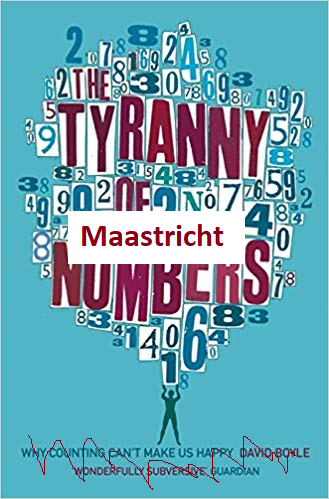Laszló Náray, István Zsadányi
Published: 03.12. 2015. (Napi Gazdaság printed, online)
German Finance Minister Wolfgang Schäuble said: "Sustainable economic growth cannot be built on debt piles". Every neat, puritan housewife in the microeconomic level would agree with this, but unfortunately, it is injurious demagogy. Although we can imagine a growing economy on barter trade (without the use of money), the expanding world economy does require increasing debt, if the players love to save money.
It is an accounting fact that the creation of a money unit in the system means even the creation of an equivalent unit of debt-entry. The things which seem to be separated, are interconnected in reality.
If saving money is good merit (instead of consuming), then the mountains of debts should be considered as a natural part of the development - concerning the macroeconomic level.




